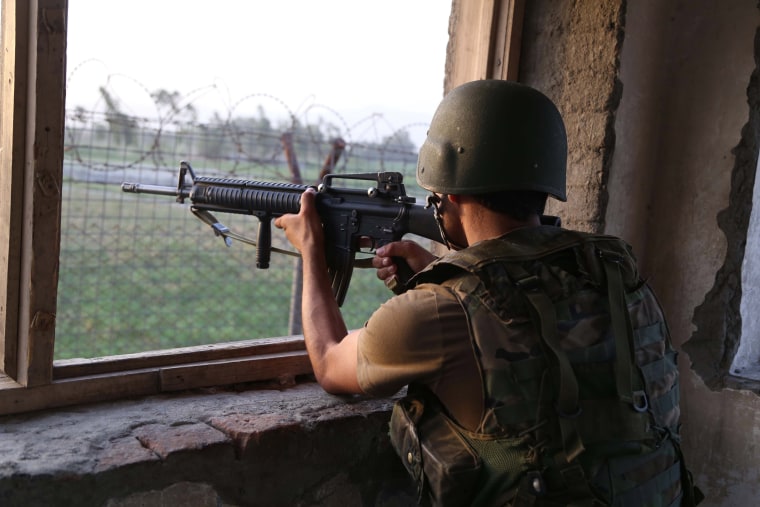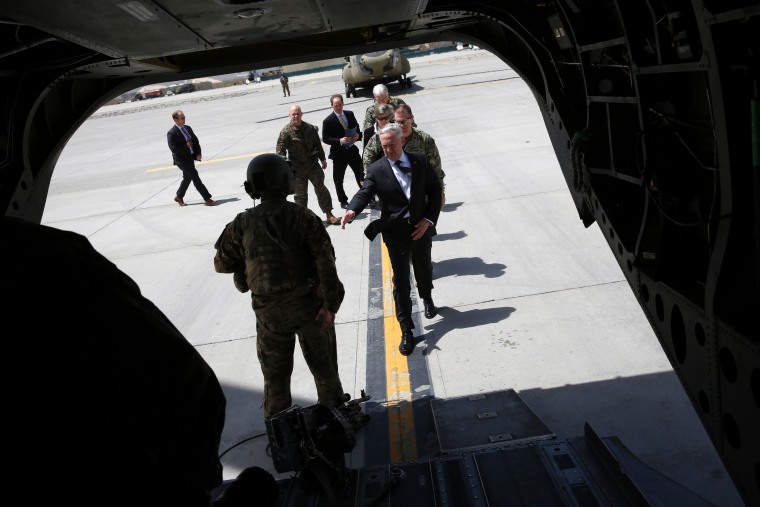WASHINGTON — The Pentagon is considering an expanded and more aggressive role in Afghanistan, one that would include the American military once again targeting both Taliban and Haqqani network fighters, according to four U.S. defense officials.
Both Pentagon and White House officials have been considering the expanded authority for several months as they have worked through a strategy review for Afghanistan. The new strategy will also focus heavily on the relationship between Afghanistan and Pakistan and terror networks throughout the region.

The review, run by National Security Adviser and former military leader in Afghanistan General HR McMaster, is expected to be presented to the president in early July and released to the public mid-month.
If approved, this latest change would be another expansion of the U.S. counterterrorism mission in Afghanistan, one that would help drive the decision to deploy more American troops to the country. Defense officials expect Secretary of Defense Jim Mattis to approve a plan to deploy upwards of 4,000 more U.S. troops to Afghanistan, some assigned to the NATO training mission and others assigned to a counter-terror mission. There are currently 8,400 U.S. troops there.
Chairman of the Joint Chiefs of Staff General Joe Dunford hinted at the need to fight the Taliban and Haqqani network during an event at the National Press Club on June 19.
“Pakistan is a key to Afghanistan and its security,” he said, adding, “and ensuring that Haqqani does not have sanctuary in South Asia, and making sure the Taliban don't have sanctuary in South Asia, making sure there's a secure border between Afghanistan and Pakistan is critical, making sure there's effective political and military relationships between Pakistan and Afghanistan, that's one of the interdependent variables that's going to allow us to be successful.”
The U.S. handed over security responsibility to the Afghans in 2014, officially ending the American combat mission there and discontinuing their ability to target Taliban and Haqqani fighters simply because of their affiliation to the groups. The US military could then only go after remnants of al Qaeda.
Over the next year the Taliban made steady gains throughout the southern, eastern, and central parts of the country and Afghan National Security Forces struggled to maintain security. The U.S. military remained in the country in an advise and assist mission, working with the Afghan military and police and providing them some air support.
In June 2016, President Obama approved the American military playing a larger role in supporting the Afghans from the air, authorizing airstrikes against the Taliban to support an Afghan military offensive. But those strikes were still limited to circumstances when they would have what the military called “strategic effects” — such as stopping Afghan troops from being overrun or help them in a critical phase of a mission.
About six months later President Obama authorized the military to also hunt and target ISIS-Khorasan Province fighters, an Islamic State affiliate that had grown in eastern Afghanistan.

